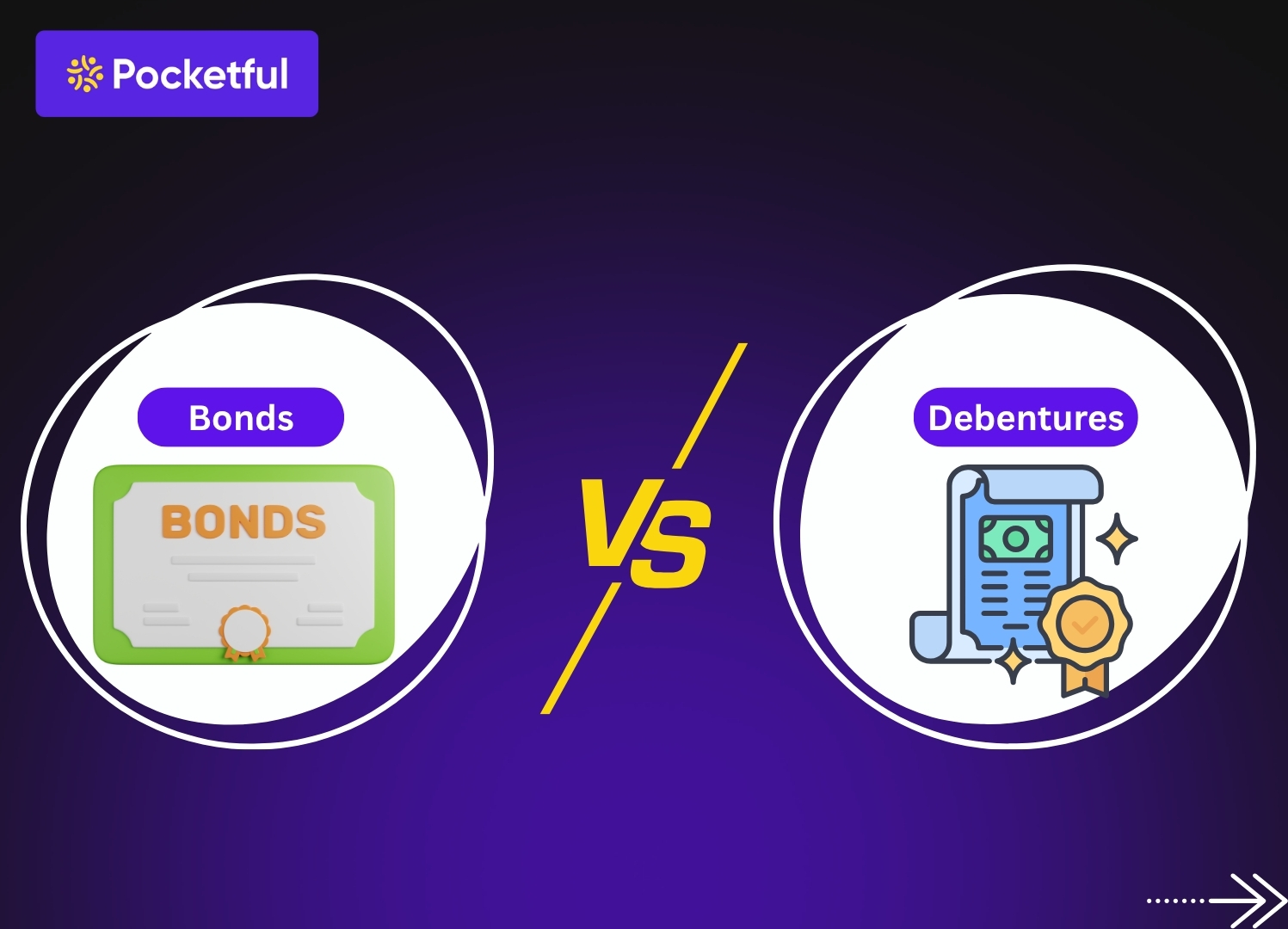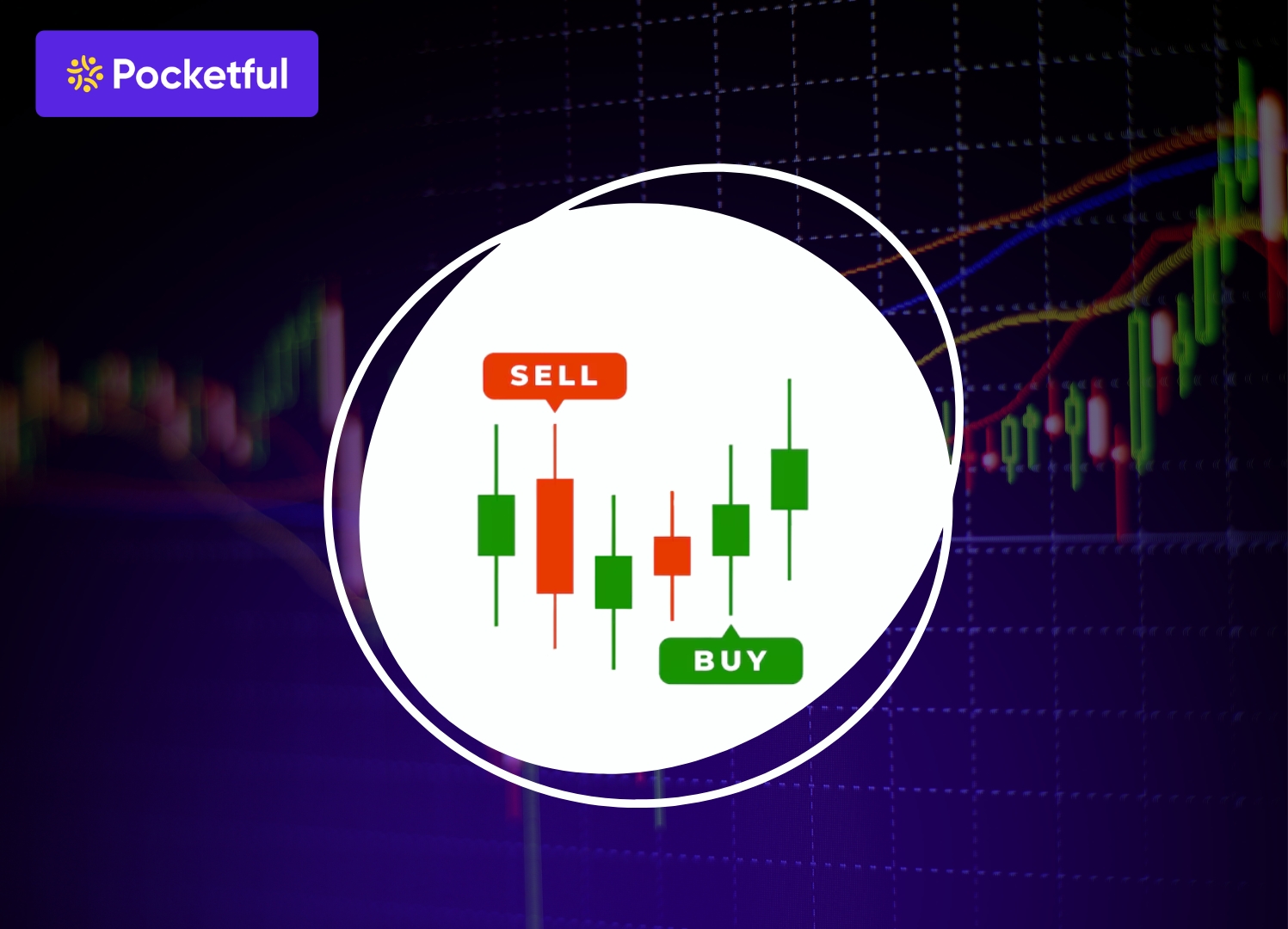India’s economy has come a long way. Not too long ago, every penny we earned or spent abroad was tightly monitored. Foreign exchange was scarce, and the government wanted to make sure not a single rupee went to waste. That is where FERA (Foreign Exchange Regulation Act, 1973) came into existence, a law that controlled all dealings with foreign currency.
Fast forward to the 1990s – India opened up to the world, invited foreign investments, and embraced globalisation. Suddenly, FERA felt outdated and restrictive. So, in 1999, it was replaced with FEMA (Foreign Exchange Management Act), an updated version, a law that was much more flexible and friendly to businesses.
In this blog, let us break down what FERA and FEMA are, how they differ, and why this change was so important.
What is FERA
The Foreign Exchange Regulation Act (FERA) was passed in 1973, during a time when India was struggling with low foreign exchange reserves. The main idea was to control every bit of foreign currency coming in and going out of the country.
Here is what made FERA excel,
- It was very strict; almost every transaction involving foreign exchange needed approval from the RBI.
- Breaking the rules was considered a criminal offence, which meant you could even end up in jail.
- It applied not only to Indians but also to foreign companies doing business here.
In short, FERA worked for a while when India was cautious and inward-looking. But once globalisation began, it started feeling like a barrier rather than a safety net.
What is FEMA
By the late 1990s, things had changed. India had stronger forex reserves, was trading actively with other countries, and needed foreign investment to grow. That is when FEMA (Foreign Exchange Management Act, 1999) came into the picture.
FEMA’s approach was completely different:
- Instead of control, the focus shifted to management.
- Violations were treated as civil offences, meaning fines, and not imprisonment
- Rules became more business and investor-friendly.
- The RBI still kept an eye on forex dealings, but the overall framework was much more relaxed and simple.
Read Also: Difference Between Trading and Investing
Table of Difference of FERA and FEMA
| Basis | FERA (1973) | FEMA (1999) |
|---|---|---|
| When it was introduced | Came into force in 1973, at a time when India had very little foreign exchange and followed a closed economy. | Introduced in 1999, after India opened its economy in the 1990s and started inviting global trade and investment. |
| Purpose | To save every bit of foreign exchange and control how it was used. | To make foreign exchange dealings smoother and encourage trade, payments, and investment. |
| Features | Very strict and control-heavy. Almost everything needed RBI’s prior approval. | Flexible and management-oriented. RBI still regulates, but the rules are much easier. |
| Punishment | Breaking the law could land you in jail. | Violations usually lead to fines instead of jail. |
| Role of RBI | RBI was involved in nearly every transaction, which made the process slow and rigid. | RBI still plays a key role but gives businesses and individuals much more freedom. |
| Foreign investment | Highly restrictive. Global companies found it difficult to enter India because of too many rules. | Investor-friendly. FEMA made it easier for foreign businesses and funds to invest in India. |
| Imports and exports | Tight restrictions on trade to prevent forex outflow. | Much more supportive of international trade and globalization. |
| Type | Defensive and restrictive | Liberal and growth-oriented |
Why was FERA Replaced with FEMA
India did not just wake up one day and scrap FERA. There were strong reasons for the change,
- 1991 Reforms – After liberalisation, India could not grow with outdated, restrictive laws like FERA that limited trade deals.
- Foreign Investment Needs – Investors found FERA intimidating. FEMA created a friendlier environment.
- Global Alignment – India wanted to align with global trade practices and WTO rules.
- Evolving Forex – By the late 90s, India had better reserves, and the economy’s focus shifted from conserving to managin
In short, FERA belonged to a time when trades were scarce and limited in India, while FEMA belongs to a time of opportunity.
Read Also: Difference Between Options and Futures
Importance of FERA and FEMA
FEMA is more than just a replacement law; it is the backbone of how India handles foreign exchange today. Let us examine the importance of the act.
- Encourages Investment – FEMA makes it easier for foreign companies and investors to bring money into India.
- Smoothens Global Trade – Importers and exporters benefit from clear and simpler rules.
- Supports Ease of Doing Business – Startups and businesses dealing internationally do not have to jump through endless hoops.
- Keeps a Check on Misuse – FEMA also ensures foreign exchange isn’t used for shady activities like money laundering.
- RBI’s Flexible Role – The RBI can update rules as per economic needs, making the law adaptable.
In today’s interconnected world, FEMA keeps India both open and secure.
Read Also: Difference between Margin Trading and Leverage Trading
Conclusion
The shift from FERA to FEMA marks a big turning point in India’s economic story. FERA was created when the government kept a strong grip on foreign exchange. It made sense back then, but as India opened up to the world, those restrictions started holding us back.
FEMA, on the other hand, reflects a more confident and global India. Instead of controlling every transaction, it focuses on managing them efficiently and welcomes foreign trade & investment, from all around the world, while still keeping enough checks to ensure fairness and security.
Frequently Asked Questions (FAQs)
Why was FEMA introduced?
FEMA was introduced to replace the outdated FERA and create a law that supported globalisation.
Is FEMA still active?
Yes, FEMA is the current law that governs foreign exchange in India.
Who regulates FEMA?
RBI (The Reserve Bank of India) regulates FEMA under the supervision of the Central Government.
How does FEMA help businesses?
It makes trade, investment, and global deals easier and smoother, while still keeping the checks needed in place.
What was the main drawback of the FERA?
FERA was very strict and considered even minor violations as criminal offences, which scared the foreign investors.










